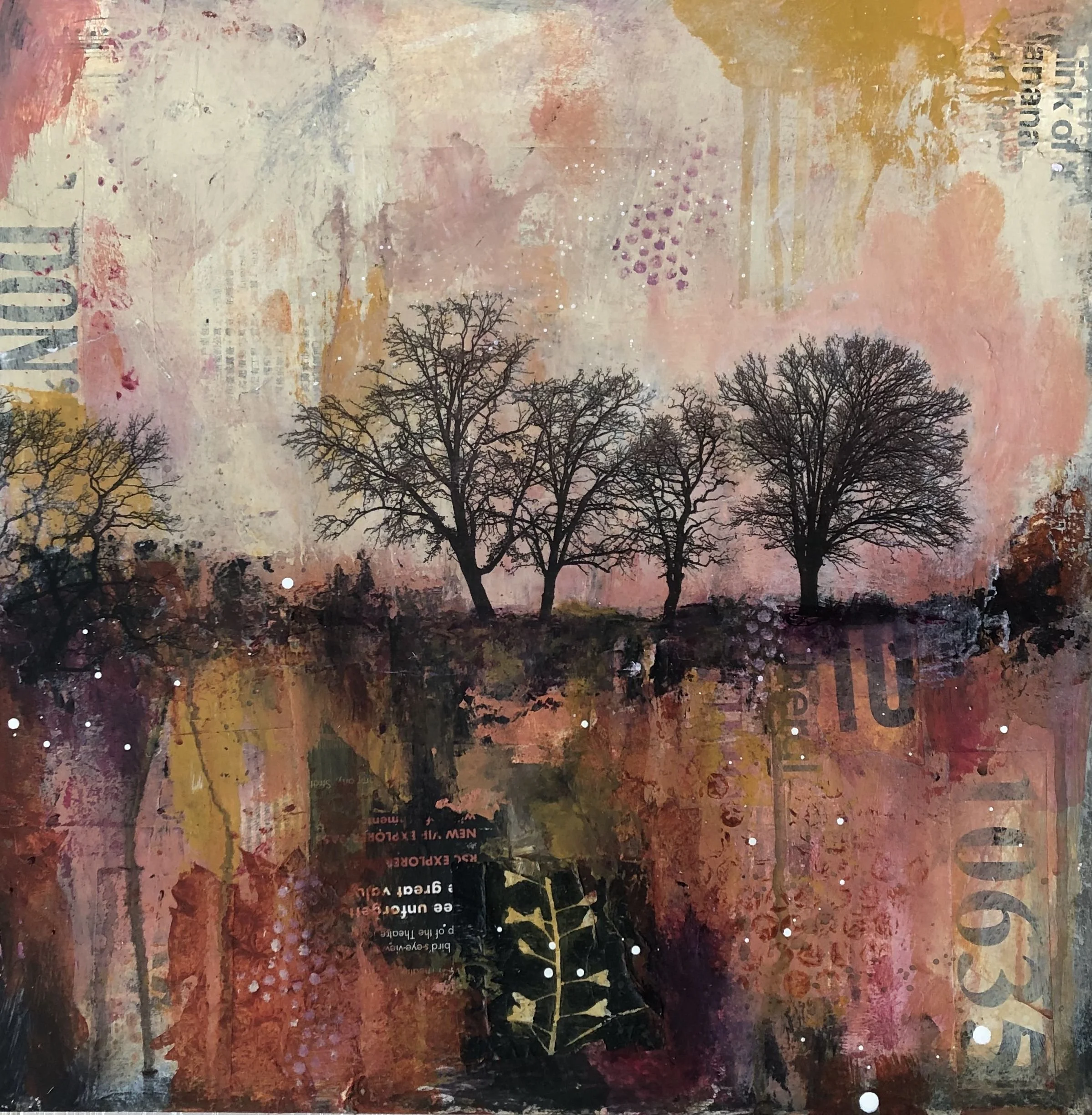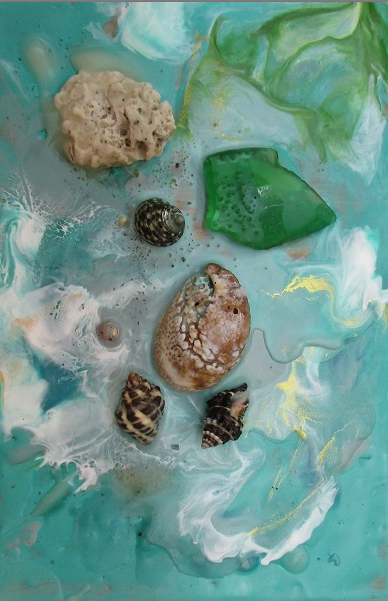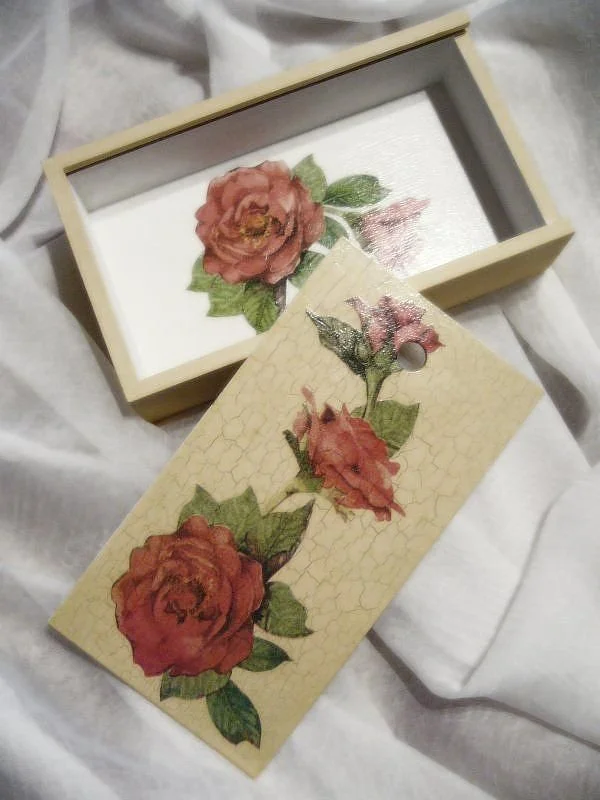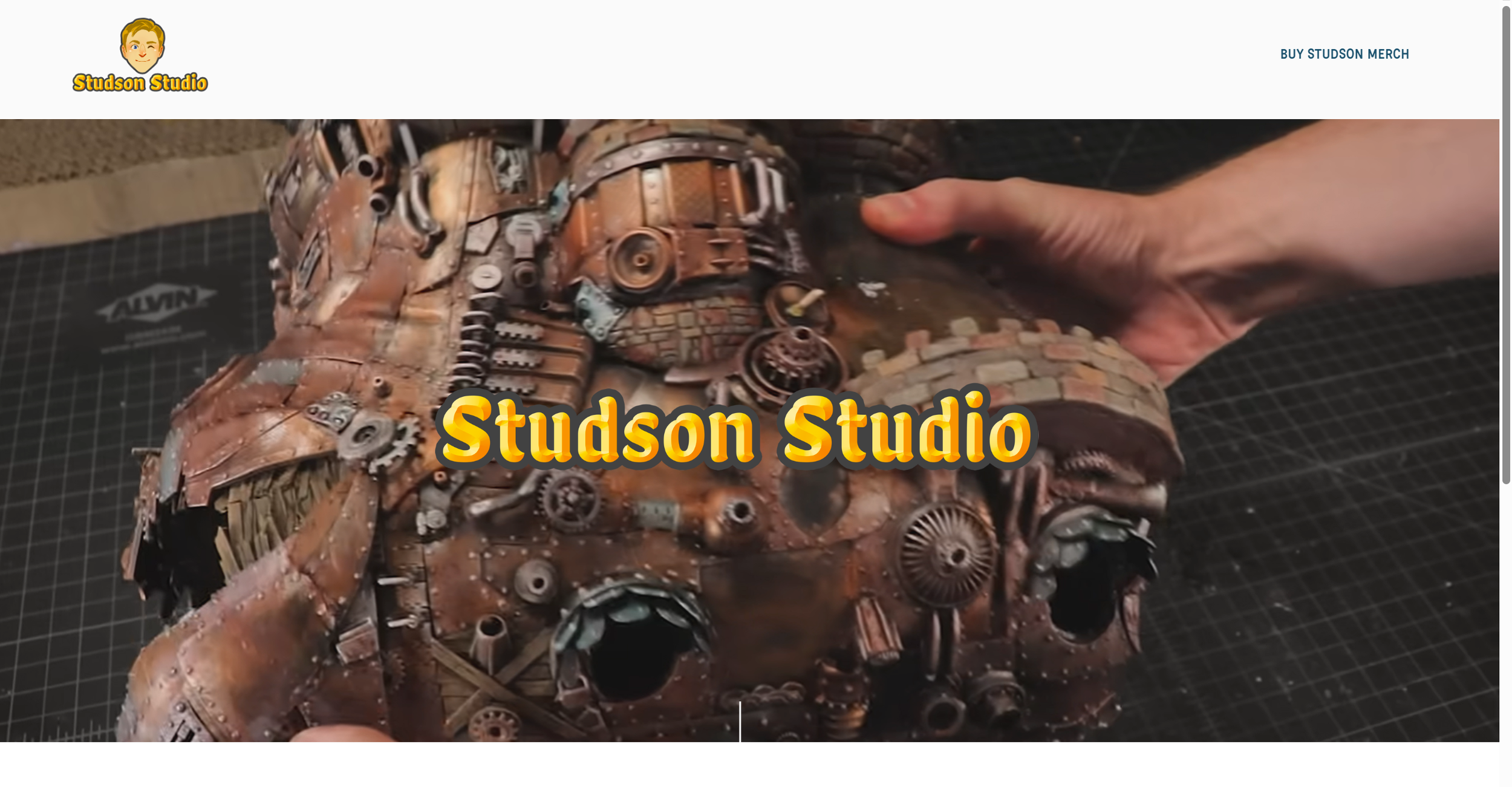Let’s talk about Mixed Media.
What is the art made of ? And ways you can use mixed media
We all know there are different kinds of art. Maybe it’s a painting, sculpture, tapestry, or vase. My last article was on how to read museum wall cards. This label next to the artwork tells you what the art is made of. This got me thinking about the different kinds of materials and how they’re used in art. This is not meant to be an exhaustive article.
Most people will be able to recognize a painting, a sculpture, or a tapestry. They can recognize it as a painting by Leonardo da Vinci that shows the Mona Lisa. What happens, though, when an artist uses more than one type of material to create art? What happens then? To answer this question, let’s go over some of the different materials used in art and what it’s called when an artist combines them to make something else.
When we talk about the kinds of materials an artist uses, we are talking about a concept in the art world known as a medium.
First, we must understand what a medium is. This can refer to two things, according to the museum, The Tate. Medium can refer to both to the type of art (e.g. painting, sculpture, printmaking), as well as the materials an artwork is made from. – The Tate.
Anything the artist wants to use as art can be material for the craft. If it includes electronics like a TV for digital media, then it is Multi-Media ( see as a separate article in the future), not Mixed Media. There can be more than one type of mixed media. One of my favorite YouTubers, Studson Studio, creates his sculptures out of found objects, such as trash and plastic. (This also branches out into found art, but that is a topic for another day.) All of the listed types of Mixed Media look similar to the untrained eye, but each has its differences. Let's go over them here.
1.Collage
A collage is the most common type and well known type of mixed media.
- from Webster's Dictionary Online:
an artistic composition made of various materials (such as paper, cloth, or wood) glued on a surface
: a creative work that resembles such a composition in incorporating various materials or elements
Collage Image by Ariel from Pixabay
Here, with collage as the medium, the artist can play with depth, texture, and layers. Much like an artist will build up paint on canvas. This example uses photos, images, and other pieces of paper to build up a few different collages. It is art as is all mixed media outside of the traditional paint and canvas, pen and paper, and more. The items can be glued down.
2. Assemblage
Fine Arts definition of Assemblage from Dictionary.com
a sculptural technique of organizing or composing into a unified whole a group of unrelated and often fragmentary or discarded objects.
a work of art produced by this technique.
This takes the idea of a collage to the next step by using other items to build up a 3d space. The artists then use items that can be repurposed, such as natural materials. This image uses polished sea glass and seashells to make art. Part of the technique used to make this is called Encaustic, which is the medium that holds things together. There are so many materials to use for art, regardless of the technique used.
3. Decoupage
This method involves paper and glue to add a design or cutout to a box, for example.
This method of decoupage can be used as a sealant for art projects. He is an example of a box with a rose design on it. It looks like the box already came this way. The image of the rose was cut out and then trimmed down to fit the box. It is then glued on using something like Mod Podge. A water and glue sealant mixture that dries clear and is available in a gloss or matte finish.
4. Book Alteration
This image on Wikimedia Commons is of an illustration that shows what an altered book could look like if you were to glue down grass, etc. I know that this is a digital image, but let’s imagine it is a physical object for the sake of the discussion. (Although a digital collage is not out of the question.) This can be done by drawing on an old book if desired.
Image Four: Book Alteration- while this is an illustration it shows and example of what an edited book could look like, artist not found, https://pixabay.com/illustrations/book-dog-fairy-tales-child-kid-794978/
5. Wet and Dry Media
The famous artist Cy Twombley (American painter, sculptor, and photographer, 1928–2011) comes to mind for his use of wet and dry media. Please Google his works for more ideas of how he used house paint, marker, and crayon on canvas. His work is highly protected. You will see the abstract nature of his work.
So dry media is like crayons or a pen, and wet media is like watercolor. These can be used in combination to build up layers of texture and depth. See this example from Pinterest. (Wet On Wet--lbrown3691--Lorraine Brown). Or in the case of this example, it can be just wet on wet.
6. Found Object Art
https://www.patreon.com/studsonstudio
See YouTuber- Studson Studio: See his Patreon account here with some images of his work. An artist can take objects that already exist, like trash, and use them for art. I do recommend looking at one of his videos. He builds things from pop culture. This proves that there is no limitation on art. This is an easy way to get into art, just use what you find out on a walk. This requires one to be very resourceful in how you will use and modify the materials that you have.
So I hope that you will try some mixed media today. You can start with just college and go there. Keep an eye out the next time you visit an art museum. Another one springs to mind, a scrapbook. Photos and other materials are easy to do as well.
Good luck.
Kelly Johnson
Here is a neat article I found during my research.
To see more work by women artists and creators, go to this site. This is where I got most of my information from on the definitions and ideas for similar images from Stampington.
https://stampington.com/somerset-place/celebrating-what-women-are-capable-of-a-special-look-inside-our-premier-issue/
Here are my sources:
Sources:
https://stampington.com/somerset-place/types-of-mixedmedia-art/
https://www.tate.org.uk/art/art-terms/m/medium
https://www.tate.org.uk/art/art-terms/m/mixed-media
https://www.merriam-webster.com/dictionary/collage
Image one used for Collage Image by Ariel from Pixabay
Image two used for Assimblage
Image Three WikiCommons: https://commons.wikimedia.org/wiki/File:Decoupage.jpg
Image Four: Book Alteration- while this is an illustration it shows and example of what an edited book could look like, artist not found, https://pixabay.com/illustrations/book-dog-fairy-tales-child-kid-794978/
Image 5- not found- cant be used Cy Tombly so see this other image https://i.pinimg.com/originals/df/b5/75/dfb5753239072fb4d95c9d0dca774b95.jpg
Image 6: Studson Studio. https://www.patreon.com/studsonstudio






